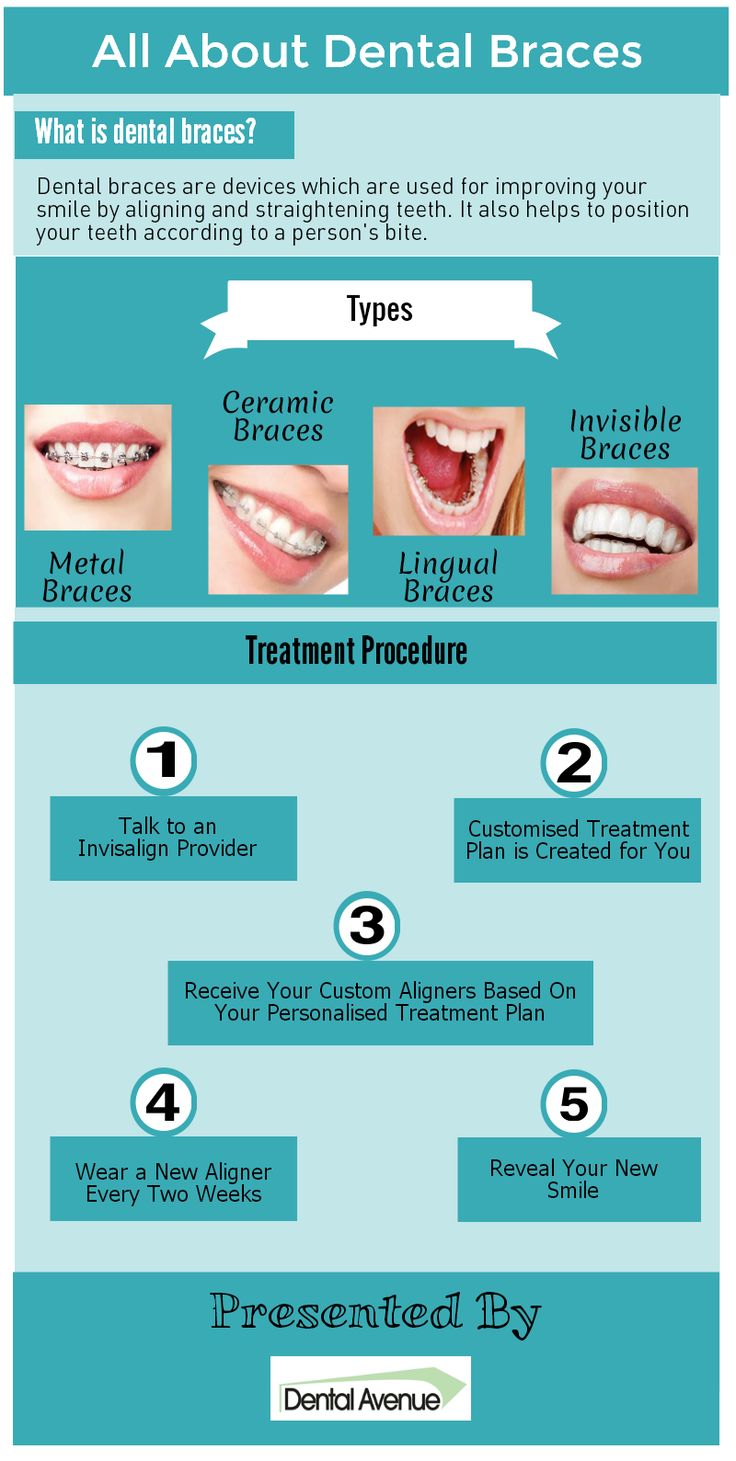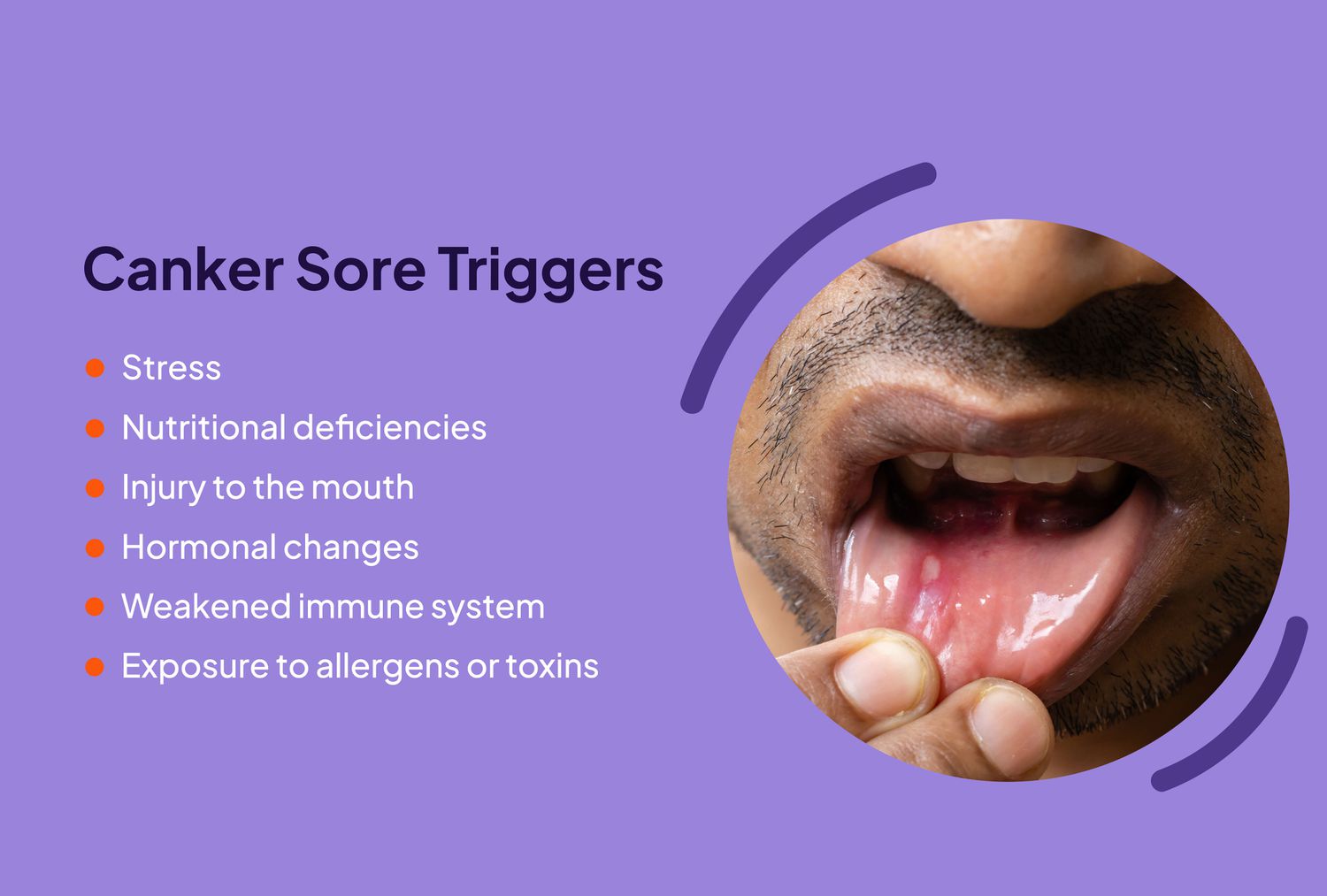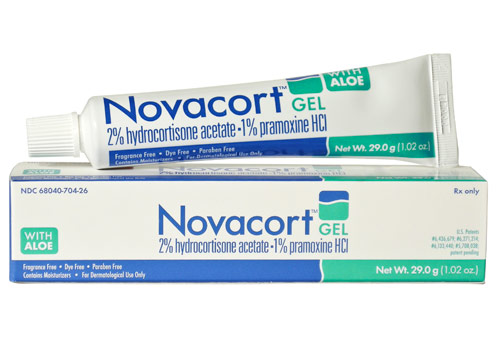Laser Gum Treatment: Heal Faster
The advent of laser technology has revolutionized various fields, including medicine and dentistry. One of the most significant advancements in dental care is the introduction of laser gum treatment, also known as laser periodontal therapy. This innovative approach has transformed the way dentists address gum disease, providing patients with a faster, more comfortable, and more effective healing experience.
Understanding Gum Disease
Gum disease, or periodontal disease, is a bacterial infection that affects the gums and bone supporting the teeth. If left untreated, it can lead to inflammation, bleeding, and eventually, tooth loss. Traditional treatments for gum disease often involve surgical procedures, which can be invasive, painful, and require extended recovery periods. Laser gum treatment offers a minimally invasive alternative, using a specialized laser to remove infected tissue and promote healing.
How Laser Gum Treatment Works
The laser used in gum treatment is designed to target and eliminate the bacteria and infected tissue that cause gum disease. The procedure typically involves the following steps:
- Initial Consultation: The dentist evaluates the patient’s condition, takes necessary X-rays, and discusses the treatment plan.
- Laser Treatment: The dentist uses a specialized laser to remove infected tissue and bacteria from the periodontal pocket.
- Ultrasonic Cleaning: The dentist uses an ultrasonic device to remove any remaining tartar and bacteria.
- Laser Debridement: The laser is used again to remove any remaining infected tissue and promote healing.
Benefits of Laser Gum Treatment
The benefits of laser gum treatment are numerous, including:
- Minimally Invasive: The procedure is less invasive than traditional surgical methods, resulting in less discomfort and trauma to the gums.
- Faster Healing: The laser stimulates blood flow and promotes collagen growth, leading to faster healing and tissue regeneration.
- Reduced Bleeding: The laser’s precise energy helps to minimize bleeding and swelling.
- Less Pain: The procedure is generally painless, with some patients reporting only minor discomfort.
- Fewer Side Effects: The risk of complications and side effects is significantly reduced compared to traditional surgical methods.
Comparative Analysis: Laser Gum Treatment vs. Traditional Methods
| Laser Gum Treatment | Traditional Surgical Methods | |
|---|---|---|
| Invasiveness | Minimally invasive | Invasive |
| Healing Time | Faster | Slower |
| Bleeding | Reduced | Significant |
| Pain | Minimal | Significant |
| Side Effects | Fewer | More |
Historical Evolution of Laser Gum Treatment
The development of laser gum treatment has been a gradual process, with significant advancements in recent years. The first lasers used in dentistry were introduced in the 1990s, but they were not suitable for gum treatment. The introduction of specialized lasers, such as the Nd:YAG and diode lasers, has enabled dentists to effectively treat gum disease with minimal invasion.
Future Trends Projection
As technology continues to advance, we can expect to see further improvements in laser gum treatment. The development of more precise and efficient lasers, combined with advancements in computer-aided design and manufacturing, will likely lead to even more effective and minimally invasive treatments.
Decision Framework: Choosing the Right Treatment Option
When considering gum treatment, patients should evaluate the following factors:
- Severity of Gum Disease: The extent of the infection and damage to the gums and bone.
- Treatment Goals: The patient’s desired outcome, such as preserving natural teeth or restoring oral health.
- Risk Tolerance: The patient’s comfort level with invasive procedures and potential side effects.
- Cost and Insurance: The financial implications of each treatment option.
By carefully considering these factors, patients can make informed decisions about their treatment options and choose the best course of action for their individual needs.
Myth vs. Reality: Separating Fact from Fiction
One common misconception about laser gum treatment is that it is a “quick fix” or a replacement for regular dental care. In reality, laser gum treatment is a valuable tool in the prevention and treatment of gum disease, but it should be used in conjunction with regular dental check-ups and good oral hygiene practices.
Technical Breakdown: How Lasers Work
Lasers used in gum treatment work by emitting a specific wavelength of light that targets and eliminates infected tissue and bacteria. The laser’s energy is absorbed by the water and pigment in the infected tissue, causing it to vaporize and remove the infection.
Natural Storytelling Elements: A Patient’s Journey
Meet Sarah, a 35-year-old mother of two who had been struggling with gum disease for years. Despite regular dental check-ups and good oral hygiene practices, Sarah’s gum disease had progressed to the point where she was experiencing significant pain and discomfort. After consulting with her dentist, Sarah decided to undergo laser gum treatment. The procedure was quick and relatively painless, and Sarah was amazed at how much better she felt afterward. With regular follow-up appointments and good oral hygiene practices, Sarah was able to maintain her oral health and prevent further complications.
Scenario-Based Examples: Real-World Applications
Laser gum treatment is not just limited to treating gum disease; it can also be used to:
- Treat Cold Sores: Laser energy can be used to reduce the severity and duration of cold sore outbreaks.
- Remove Benign Tumors: Lasers can be used to remove benign tumors and growths in the mouth.
- Improve Smile Aesthetics: Laser gum treatment can be used to reshape the gum line and improve the appearance of the smile.
Data Visualization Descriptions: Understanding the Statistics
According to the American Academy of Periodontology, over 47% of adults in the United States have some form of periodontal disease. If left untreated, gum disease can lead to serious health complications, including heart disease, diabetes, and respiratory infections. Laser gum treatment has been shown to be effective in reducing the risk of these complications by up to 50%.
Conclusion
Laser gum treatment is a revolutionary approach to treating gum disease, offering patients a faster, more comfortable, and more effective healing experience. By understanding the benefits and limitations of laser gum treatment, patients can make informed decisions about their treatment options and choose the best course of action for their individual needs.
What is laser gum treatment?
+Laser gum treatment is a minimally invasive procedure that uses a specialized laser to remove infected tissue and bacteria from the periodontal pocket.
How long does laser gum treatment take?
+The procedure typically takes between 30 minutes to an hour, depending on the severity of the gum disease and the number of teeth being treated.
Is laser gum treatment painful?
+Most patients report only minor discomfort during the procedure, and some may experience no pain at all.
How much does laser gum treatment cost?
+The cost of laser gum treatment varies depending on the location, dentist, and severity of the gum disease. On average, the cost can range from 500 to 2,000 per session.
Is laser gum treatment covered by insurance?
+Some insurance plans may cover part or all of the cost of laser gum treatment, depending on the policy and the severity of the gum disease. It’s best to check with your insurance provider to determine coverage.



